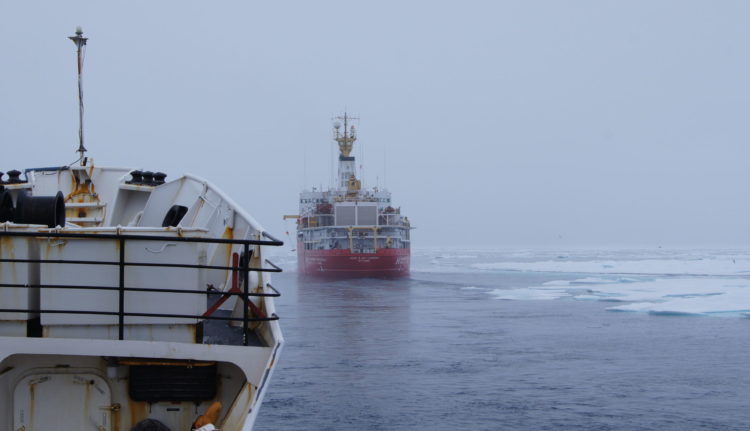METR

Maximum Expected Time to be Rescued
Context, objectives and scope
Ships going into polar regions require a Polar Ship Certificate, which states the ‘maximum time to be rescued’. From this number the ship can determine what is needed to enable their whole complement to survive until help arrives in the case of an accident. Through the International Maritime Organization, the current minimum time is set at 5 days, but there has been little guidance on how the number on the certificate is to be derived. The objective of the research is to better determine and understand which factors significantly affect the METR and how the results may be used for trip planning or regulatory changes. The study is examining the issues in the context of the Canadian Arctic, but the results may be applicable to other polar regions.
The study is based on a blend of qualitative and quantitative research. Models will include coverage of various areas of the Canadian Arctic by marine and air resources, proximity to an incident by other ‘vessels of opportunity’ that can assist, and transit times based on distance, ice cover, weather and other factors. Places of refuge will be studied to determine expected times to get casualties to a place of safety. Expert opinion will be solicited from responders and other relevant stakeholders on the types and characteristics of factors that can facilitate or impede rescue efficiency and effectiveness. Consultative workshops with northern Indigenous residents, including Canadian Rangers, will help determine the regional capacity for assisting and sheltering during a shipping event. Interviews with representatives form the shipping industry, classification societies, and regulatory agencies will establish how the expert and evidence based results of the study could be implemented.
RESEARCH QUESTIONS
- What government resources are available to respond to incidents in the north, and what are their capacities and capabilities?
- What local assistance is available to response to emergencies in the north, including northern communities and/or nearby ships?
- For a given northern region and time of year, how long would it take for sufficient numbers of the aforementioned resources to perform a rescue?
- Which factors could significantly affected the time to be rescued, such as the weather, ice conditions, number of people on board the affected ship, etc.?
- How would any of these issues affect the METR value for a given route, season, or type of vessel?
